An authentic recipe for Levantine Za’atar Spice Blend with Syrian oregano, dried sumac, sesame seeds and spices. From my family to yours. Rub it on Zaatar chicken thighs, sprinkle it over eggplant hummus or roll labneh balls in it.

Table of Contents
What is Za’atar?
This is a trick question! Za’atar refers to both the herb and the namesake spice blend. The perennial woody herb Origanum syriacum is most widely known as za’atar. It has many other common names including Syrian Oregano, Lebanese Oregano, Bible Hyssop or Biblical Hyssop.
The challenge with following common names is that they can be quite misleading. Some call it thyme, further confusing the matter. This herb is very difficult to find in North America and Europe. It grows wild throughout the Levant and is essential in Levantine cuisine.
Zaatar spice blend however is an herbaceous mixture of Origanum syriacum, dried sumac, sesame seeds and other spices. Some regional variations exist. For example, some Jordanian Za’atar mixes will include wheat. Others will include cumin and other spices. At the end of the day, there are as many recipes and variations as there are families in the Levant and each one has its own preferences.
Can I Grow Zaatar in My Garden?
Yes! This is why I’m such a proponent of growing your own herbs. I was able to secure access to true Origanum syriacum seeds. I grew several plants, harvested and dried the leaves to make my own zaatar blend. Growing zaatar is quite easy. It grows much like Greek oregano, thyme and rosemary.
If you’re new to urban gardening, starting out by growing herbs is a wonderful way to enjoy unique and hard-to-find varieties. It’s also a wonderful way to be more self-sufficient and learn how to preserve and dry your herb harvest.
Ingredients
This recipe was written for those who don’t have access to traditional wild Syrian Oregano. The flavor profile in this recipe closely resembles traditional flavor.

Where to Buy
If you’re not interested in making your own, you can certainly purchase za’atar at all Middle Eastern grocers. Many spice blend brands have added zaatar to their lineup and you can easily find it at many grocers like Trader Joe’s or Whole Foods. It can also be found online.
That being said, I will warn you that most of the Western commercial blends do not compare to authentic imported Levantine Za’atar blends. They will be packed with marjoram or oregano, as opposed to true zaatar herb. As mentioned above, authentic Za’atar uses Origanum syriacum (Syrian Oregano).
Buying an imported blend will give you the most authentic taste. Imported blends will often have olive oil added to them, in very small quantities. That’s why they will appear darker in color and will almost feel slightly damp.
This is completely normal. Check out the side-by-side comparison below. The bowl on the left is an imported commercial Palestinian Za’atar product. The one on the right is the za’atar from this recipe.

How to Make Za’atar Spice Blend
Making your own spice blends is as easy as mixing and storing. There’s not much else to it. In a bowl or jar, combine the ingredeints and mix.

An important note, if you don’t have access to roasted sesame seeds, you can easily pan-roast raw sesame seeds to bring out their toasty flavor and aroma.
In a dry pan set on medium heat, add the untoasted sesame seeds. Shake the pan over the heat until the sesame seeds turn from a pale cream color or a light brown color.

Substitutions
I can appreciate that finding authentic dried Syrian Oregano is difficult (It’s not impossible though). Here are a few substitution combinations that will work in a pinch.
- Syrian Oregano (Za’atar herb): Use Greek Oregano instead.
- Marjoram: Use Summer Savory instead.
- Toasted Sesame Seeds: Use untoasted raw seeds, but make sure to dry roast them first (see method above).
Storing
If making your own blend based on the recipe below, you can store it in a glass mason jar in your pantry. I recommend using it within 6 months for optimal freshness.
How to use this spice blend
The uses for zaatar are endless.
- The most traditional way to enjoy it is for breakfast. Dip a piece of homemade pita, taboon (Palestinian flatbread) or crusty bread in good quality olive oil, then dip it in a small bowl of za’atar and enjoy.
- Bake it in za’atar manakish, za’atar garlic knots or Zaatar Focaccia. Mix zaatar with olive oil and spread it over pizza dough or pita dough and bake.
- Sprinkle it over Cherry tomato hummus or Mutabal (roasted eggplant dip).
- Use it as a base for a hearty Za’atar Chicken main dish.
- Mix it with thick yogurt and serve it with crudites and pita wedges.
- Enjoy it in Labneh Balls.
- Sprinkle it on a Tomato Galette.
- Add it to your next sliced tomato sandwich.

Expert Tips
- Use the freshest dried herbs possible. When shopping for dried herbs, it’s important to ensure they are as fresh as possible. As dried herbs sit on the shelf, their flavor deteriorates.
- Don’t use thyme. There are many recipes online that use thyme rather than the traditional Syrian Organo. Thyme has far too strong of a flavor and I recommend using greek oregano instead.
- Tasted sesame seeds are a must. If you can only find raw untoasted sesame seeds, take the time to toast them for optimal flavor and crunch.
- Season lightly. Go easy on the salt. Season lightly. Remember you can always add salt but you can’t take it out.
Recipe FAQs
It’s both. Za’atar refers to both the herb (Origanum syriacum) and the namesake spice blend popular thoughout the Middle East.
A perennial woody herb native to the Levant, most widely known as za’atar. It has many other common names including Syrian Oregano, Lebanese Oregano, Bible Hyssop or Biblical Hyssop.
Yes. Most Zaatar blends should include sumac, the dried red berries of the perenial shrub of the same name. Sumac berries are dried and ground into a spice widley used in the Middle East.
Anglicizing Arabic words can result in different English spellings, depending on the dialect of the speaker. The English spelling of the Arabic word (زَعْتَر) sometimes varies (Za’atar, Zaatar, or Za atar) but “Za’atar” is most commonly seen.
More Levantine recipes
Main Dishes
Levantine Recipes
Levantine Recipes
Appetizers
If you make this Za’atar Spice Blend or any other Levantine recipe on Urban Farm and Kitchen, please take a moment to rate the recipe and leave a comment below. It’s such a help to others who want to try the recipe.
For more Urban Farm and Kitchen, follow along on Instagram, Facebook, and Pinterest, visit the Urban Farm Shop, or subscribe for new posts via email.
Za’atar Spice Blend
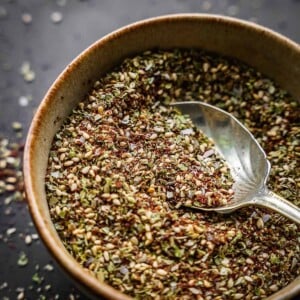
Ingredients
- 2 tbsp Syrian Oregano – Substitute Greek Oregano
- 2 tbsp Marjoram – Substitute Summer Savory or Greek Oregano
- 2 tbsp Sumac
- 2 tbsp Sesame seeds – Toasted
- ½ tsp Kosher salt
- ½ tsp Cumin – Optional
Instructions
- In a small bowl, combine all the ingredients and transfer to a glass jar or container.
Notes
- Syrian Oregano (Za’atar herb): Use Greek Oregano instead.
- Marjoram: Use Summer Savory or Greek Oregano instead.
Nutrition
Nutrition information is automatically calculated, so should only be used as an approximation.
 Like this recipe? Rate & comment below!
Like this recipe? Rate & comment below!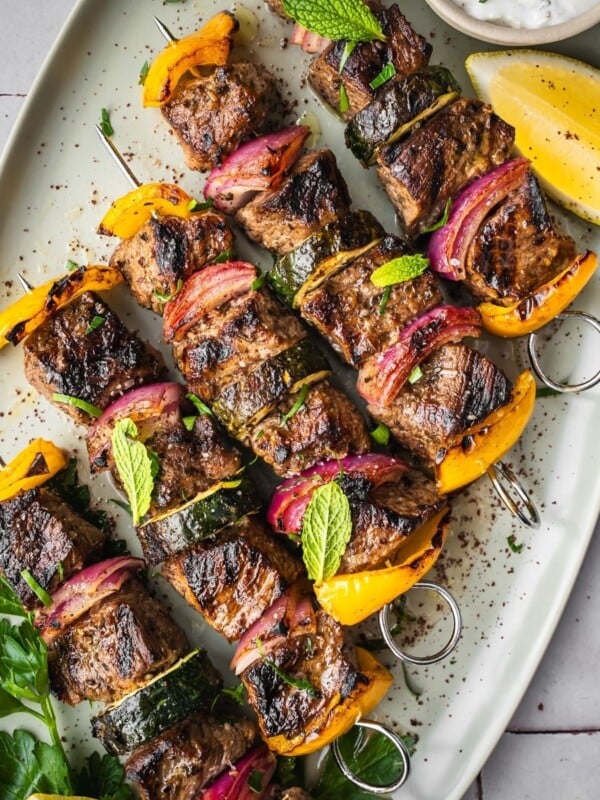

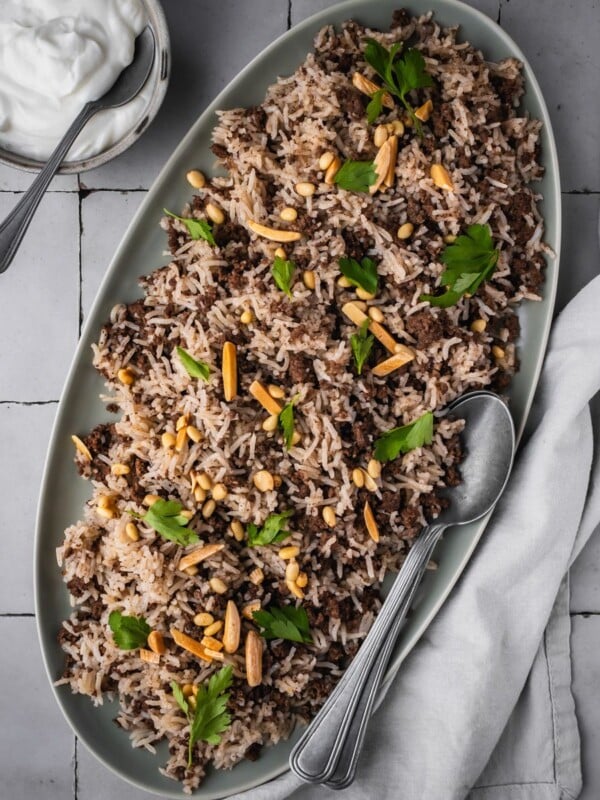
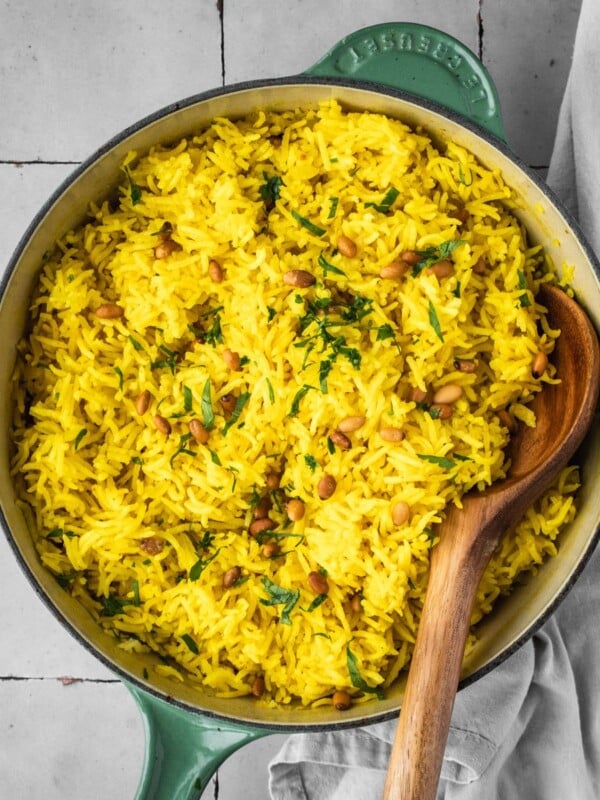

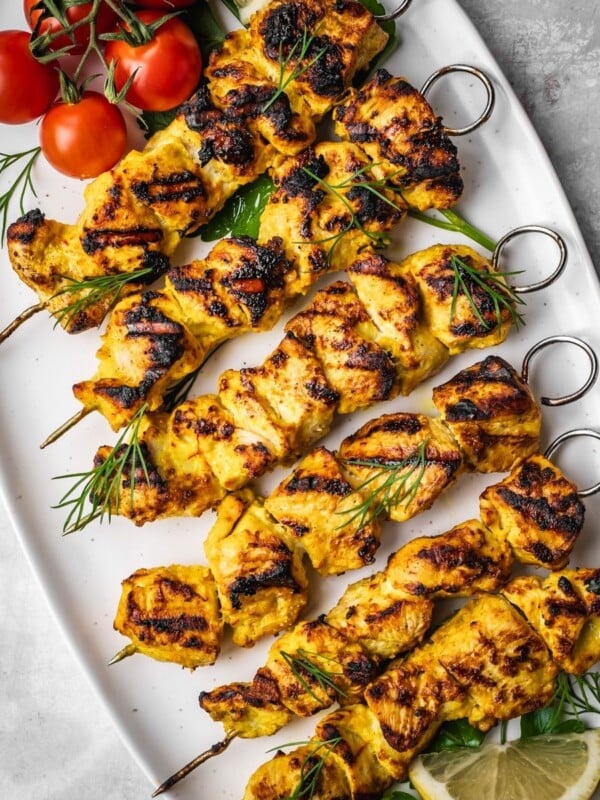










Some spice blends say authentic Syrian Oregano and it brackets say Hysop herb. But, the scientific name is different. Why would they think it is Hysop? There is a type of Hysop that has a fennel flavour. I wonder if I can put a bit of fennel seed and Italian Oregano, Marjarom ect?
There is a lot of confusion about this. The scientific name for za’atar is Oreganum Syriacum. I would not add any fennel to this. I would suggest buying a packaged za’atar blend. The Alard brand has a great Palestinian Za’atar blend.
Assalamu aleikum,
I plan to try this today inshaAllah. I know that normally the zatar is rubbed with some olive oil before mixing. Can you explain why you did not include that step here?
Thank you.
Hi. You can rub it with oil is you prefer, but for home cooks I don’t suggest it because it can go rancid. I like to add the oil when I want to use it.